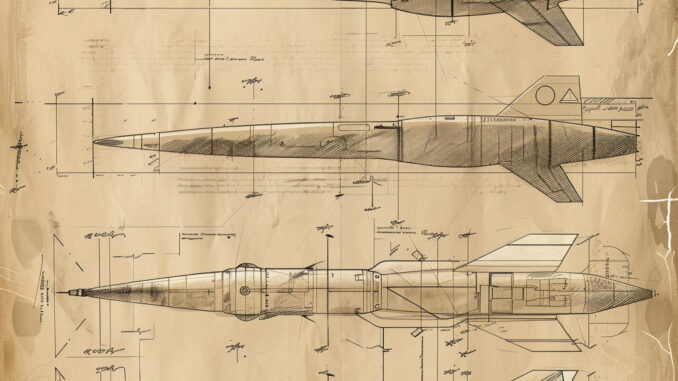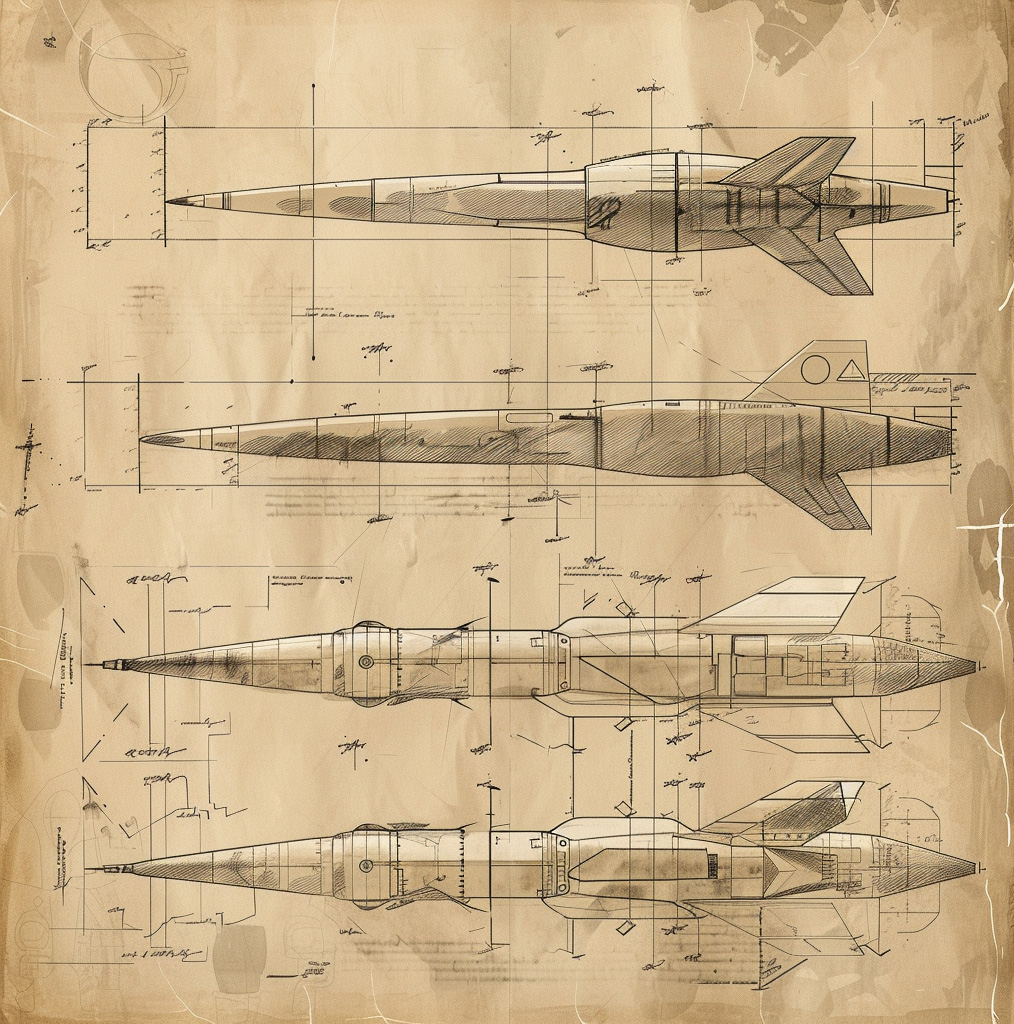
Red Sky, an Israeli company, offers an advanced VSHORAD solution to counter UAVs and drones, improving security and air defence.
In brief
Ground forces are looking for effective short-range defence (SHORAD) systems to counter UAVs. With the war in Ukraine, this need now includes small UAVs. The Red Sky system, developed by an Israeli company, offers an effective solution to these threats. Red Sky integrates radar, SIGINT sensors, electro-optical sensors and signal jammers to detect and neutralise UAVs. It also includes anti-aircraft missiles and automatic cannons for direct action. The system is highly automated and can be operated by a single person.
Increased need for SHORAD systems
With the increase in air threats, land forces have a growing need for short-range defence (SHORAD) systems. The war in Ukraine has highlighted the importance of protecting troops against UAVs (unmanned aerial vehicles), including quadricopters and fixed-wing drones. These UAVs can carry out reconnaissance, surveillance and even strike missions, posing a direct threat on the battlefield.
Traditional SHORAD systems were primarily designed to counter helicopters and aircraft. However, the rise in power of small UAVs requires a new approach. This is where the Israeli company’s Red Sky system comes in.
Presentation of the Red Sky system
The Red Sky system is an advanced VSHORAD (Very Short Range Air Defence) solution designed to effectively neutralise UAVs. Red Sky consists of several key components:
- Redrone: An unmanned aerial vehicle (UAV) detection system using radar, a SIGINT (signals intelligence) sensor to detect and identify UAV command signals, and an electro-optical sensor for visual target identification.
- Signal jammer: Once the UAV has been identified, Redrone can use a signal jammer to disrupt the UAV’s control, causing it to crash or land for capture.
- Armament: Red Sky also includes short-range anti-aircraft missiles, such as Stinger missiles, and a vehicle-mounted 30mm automatic gun turret. The automatic cannon can fire 600 rounds per minute, providing effective protection against identified drones.
- Remote Weapon Station (RWS): Red Sky can be fitted with 7.62mm or 12.7mm machine guns for extra firepower against targets at close range, less than 300 metres away.
The system is highly automated, allowing single-user operation, which is crucial for rapid effectiveness on the battlefield.

Consequences of adopting Red Sky
The adoption of the Red Sky system has significant consequences for the armed forces:
- By effectively neutralising enemy UAVs, Red Sky reduces the risk of surveillance and surprise attacks on friendly positions.
- Reduced costs: The use of jammers to neutralise UAVs can be more economical than the constant use of expensive ammunition. In addition, the possibility of recovering enemy drones for examination can provide valuable intelligence.
- Adaptability and modularity: Red Sky’s modular design means it can be adapted to a variety of operational scenarios and deployed rapidly to meet specific battlefield requirements.
- Deterrence: The presence of advanced defence systems such as Red Sky dissuades adversaries from using UAVs, knowing that they can be easily neutralised.
Extrapolation and future implications
The development and adoption of systems like Red Sky show a clear trend towards increasingly sophisticated and automated air defence. In the future, we can expect VSHORAD systems to incorporate even more advanced technologies, such as artificial intelligence for faster detection and response.
The evolution of air threats, particularly with the increasing use of drones for a variety of missions, is driving armed forces to invest in effective air defence solutions. Red Sky represents an important step in this direction, but it is unlikely to be the last. Other innovations are expected to further improve the ability of ground forces to counter airborne threats.
The Israeli company’s Red Sky system offers an effective, modern solution for defence against UAVs. By combining advanced detection, signal jamming and adapted firepower, it meets the current needs of armed forces to protect their troops and ensure superiority on the battlefield. The implications of its adoption are wide-ranging, from improving troop safety to reducing operational costs, while providing a deterrent against growing airborne threats.
War Wings Daily is an independant magazine.